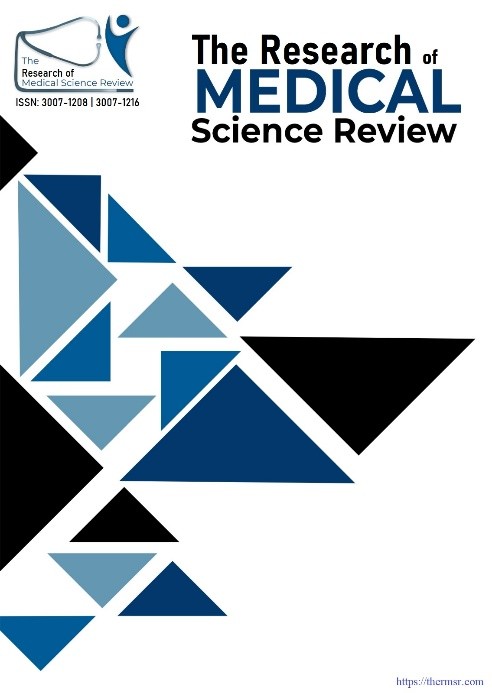DIAGNOSTIC ACCURACY OF MAGNETIC RESONANCE IMAGING FOR FISTULA IN ANO, KEEPING FISTULOGRAM AS INITIAL INVESTIGATION
Main Article Content
Abstract
OBJECTIVE
To determine the diagnostic accuracy of magnetic resonance imaging for fistula-in-ano, keeping fistulogram as the initial investigation.
METHODOLOGY
This study was a cross sectional, registered at Jinnah Postgraduate Medical Centre (JPMC), Karachi with 270 patients between 18 to 65 years where clinical signs of fistula in ano were present. Patients were recruited utilizing non-probability convenience sampling who all underwent both MRI fistulography and X-ray fistulography for assessment. Statistical data analysis was conducted using version 26.0 of the SPSS software; sensitivity, specificity, positive predictive value (PPV), negative predictive value (NPV), and accuracy of the main diagnostic parameters were calculated.
RESULTS
Among 270 patients, the mean age was 45.26 ± 12.86 years, with 85.6% males (n=231) and 14.4% females (n=39). MRI demonstrated a diagnostic accuracy of 92.96%, with 70.73% sensitivity, 96.94% specificity, 80.56% PPV, and 94.87% NPV. MRI detected more fistula tracts than X-ray fistulography, confirming its higher accuracy in diagnosing fistula in ano.
CONCLUSION
The results indicate that MRI provides clearer visualization of fistula tracts and secondary extensions, aiding in more precise surgical planning. While X-ray fistulography remains commonly used, its limitations in detecting complex cases highlight the need to prioritize MRI for improved diagnostic accuracy and reduced recurrence rates, ultimately enhancing patient outcomes.
Downloads
Article Details
Section

This work is licensed under a Creative Commons Attribution-NonCommercial-NoDerivatives 4.0 International License.
